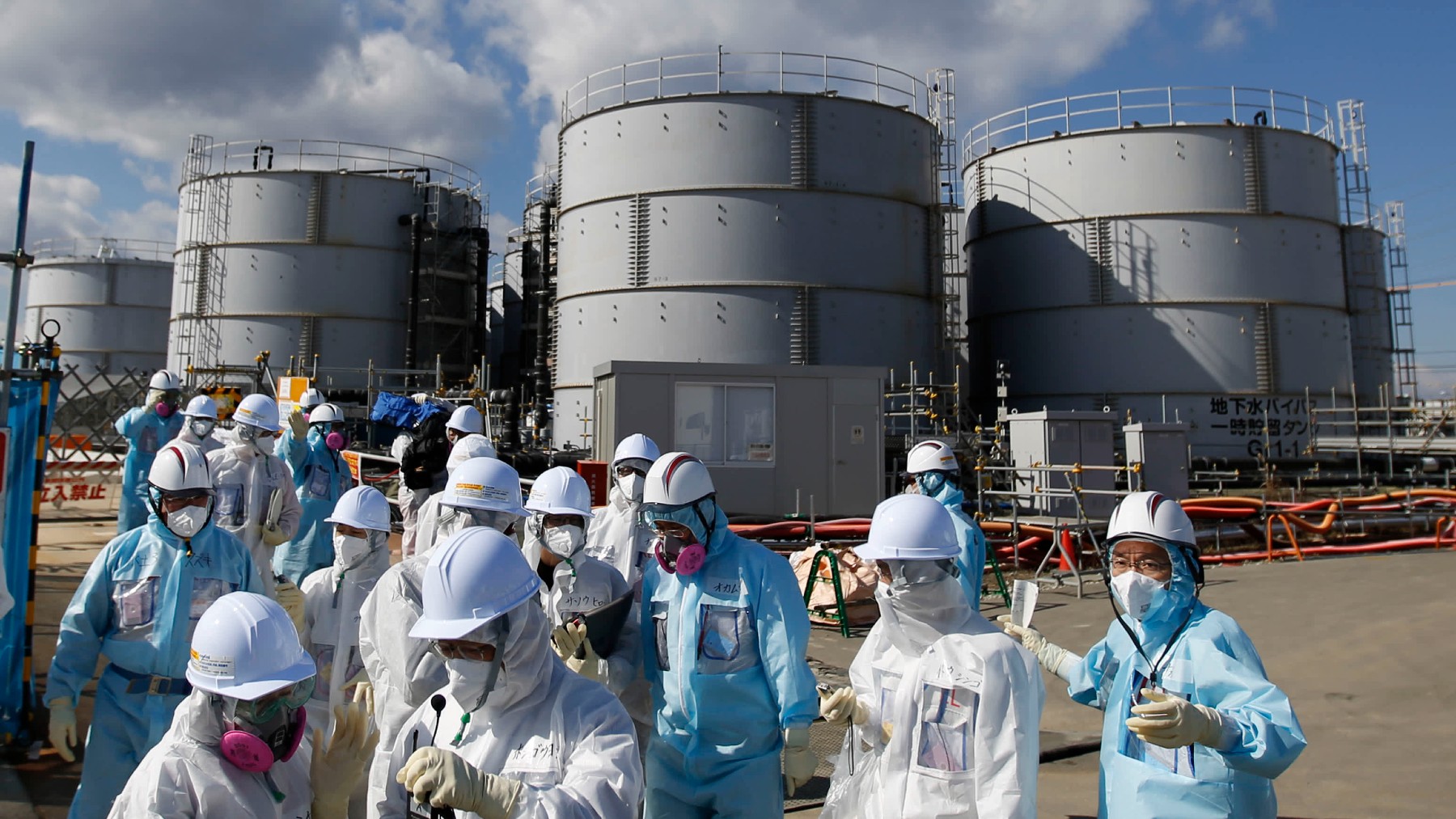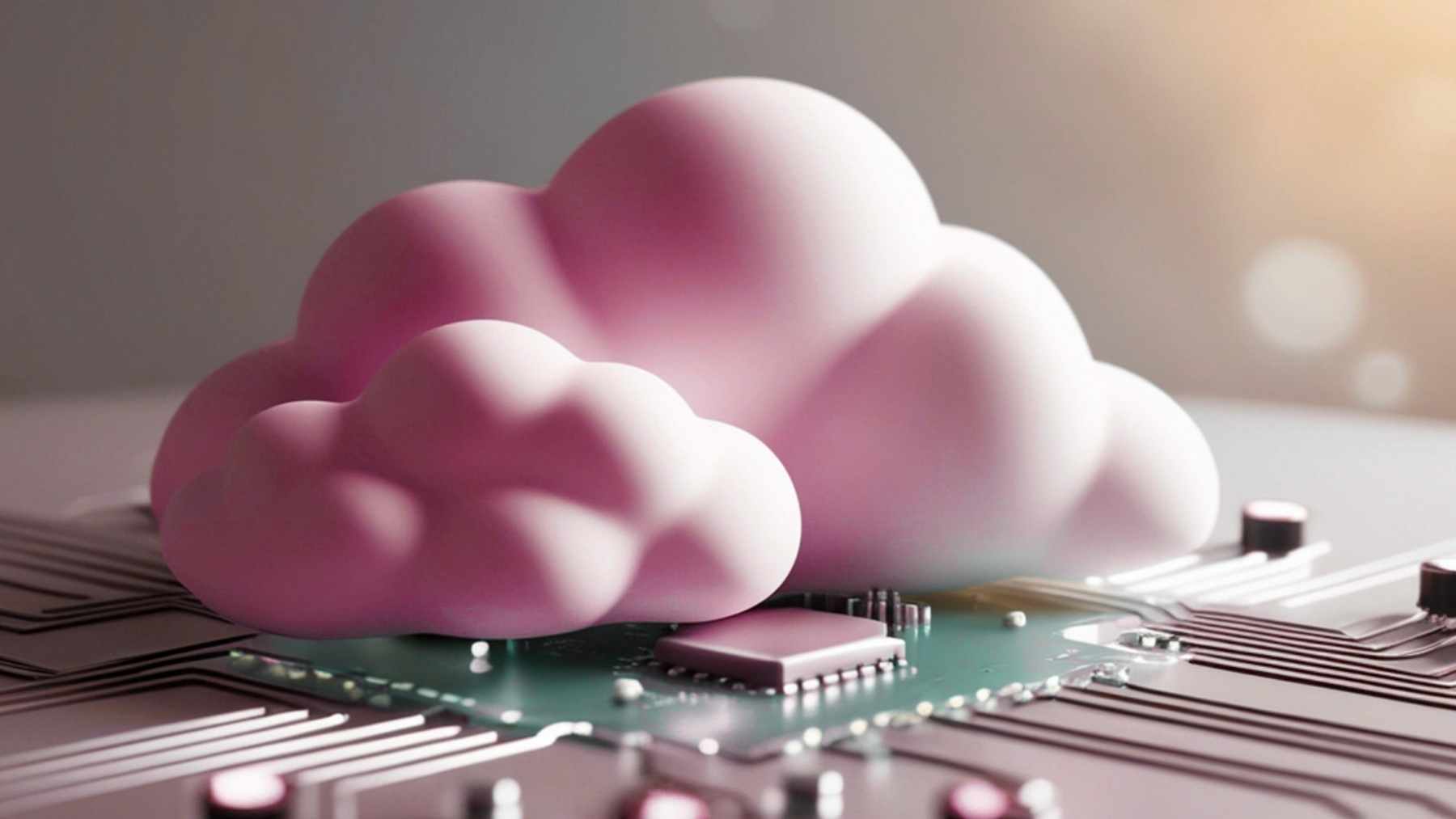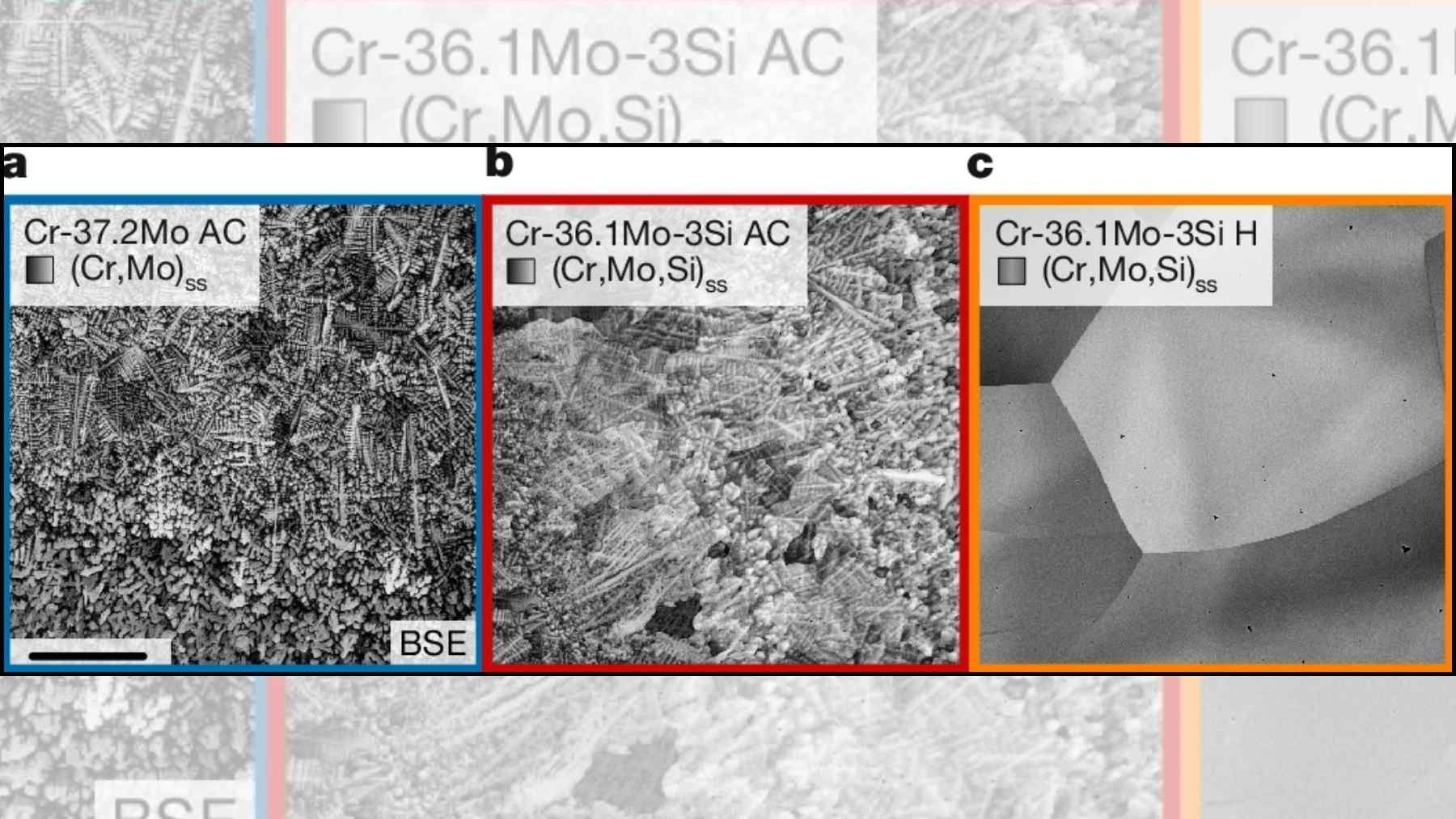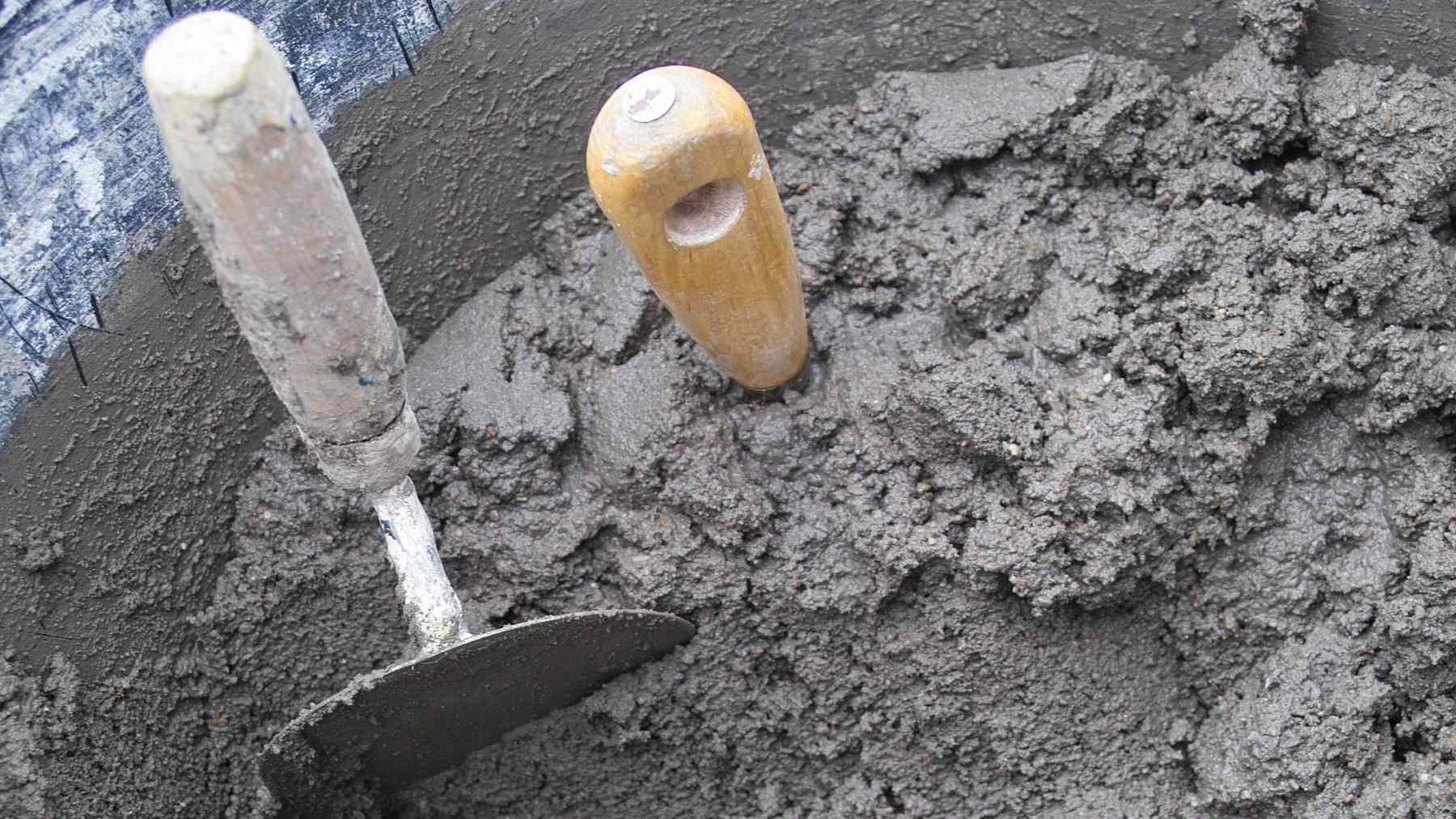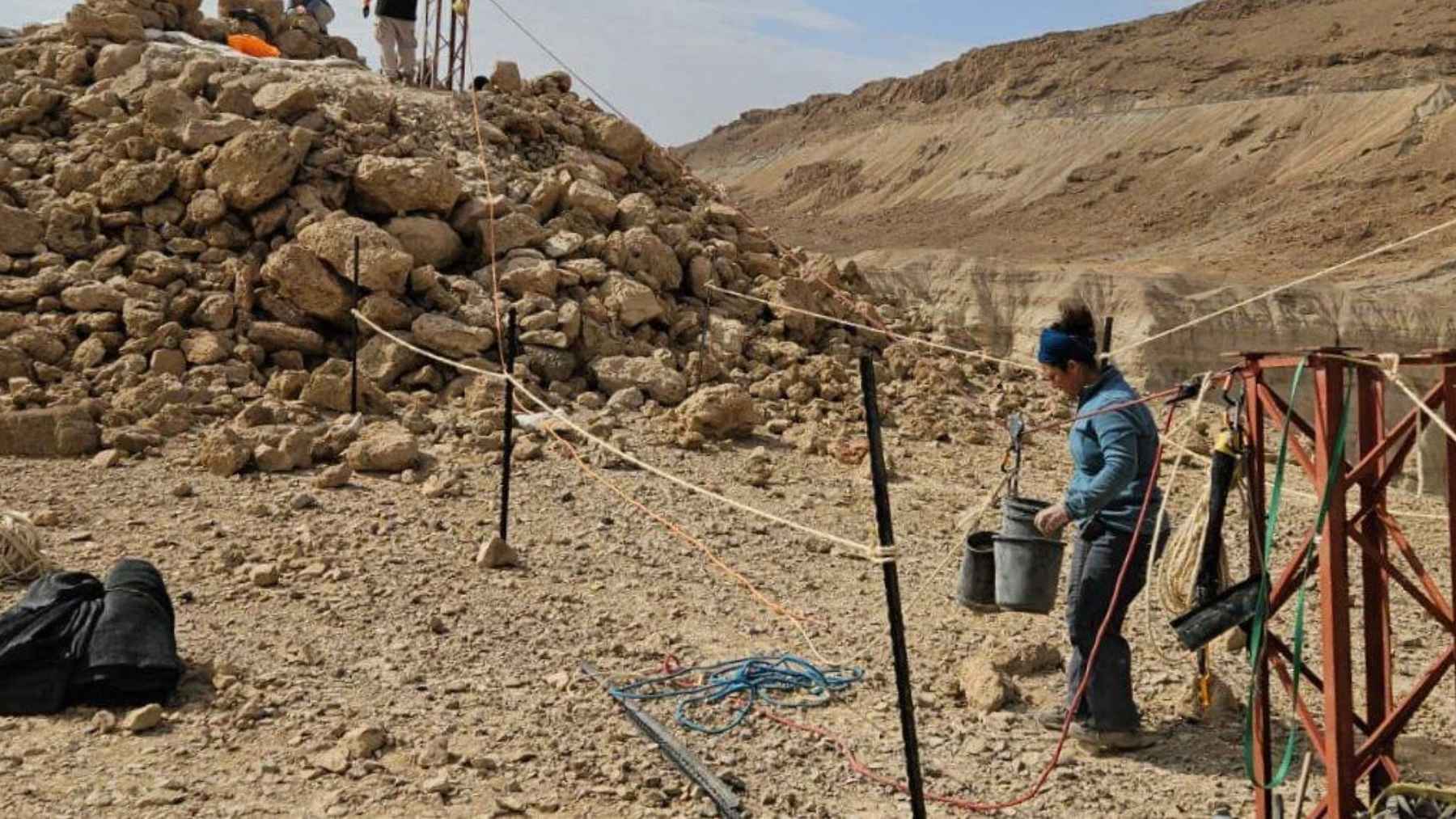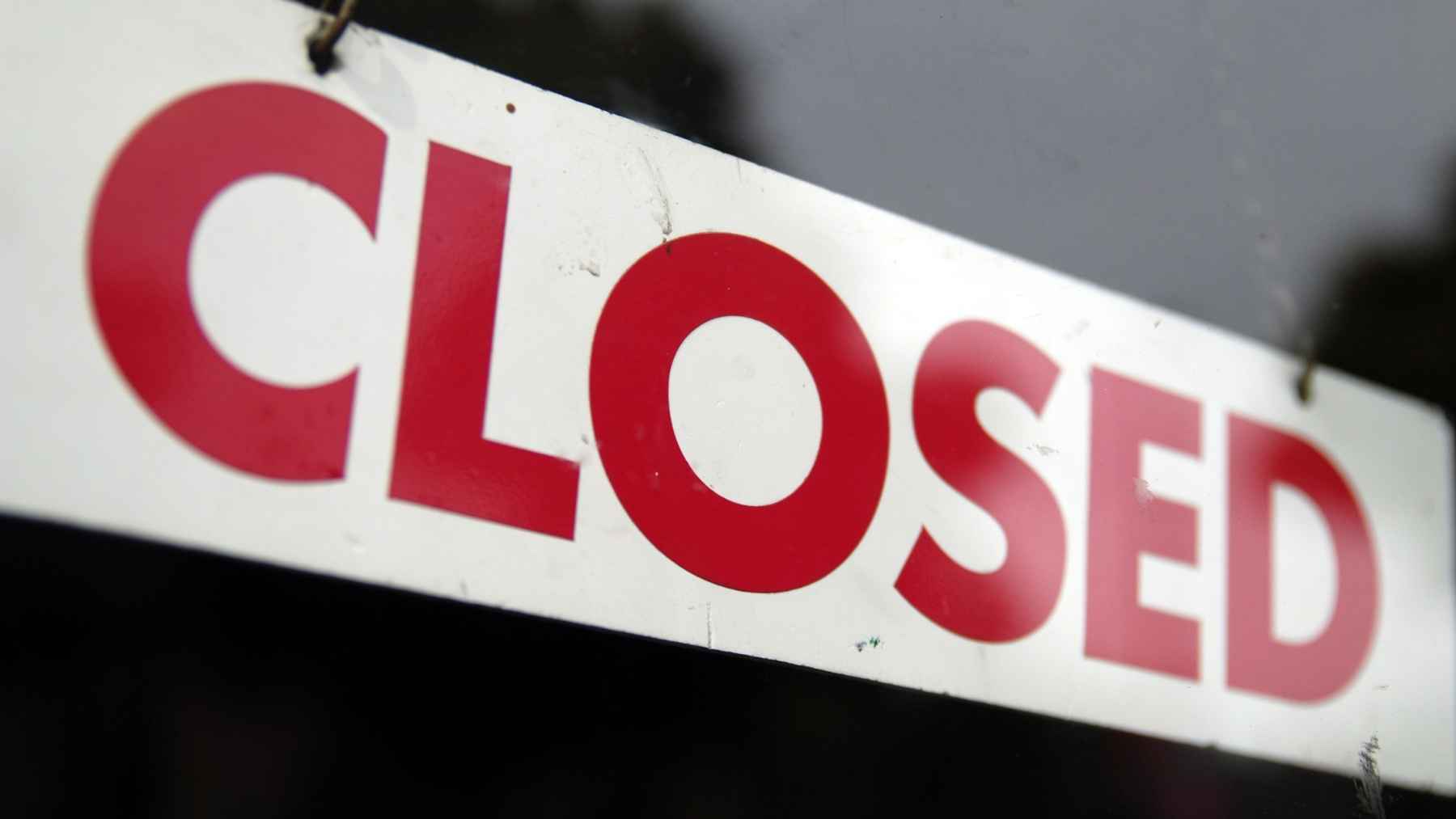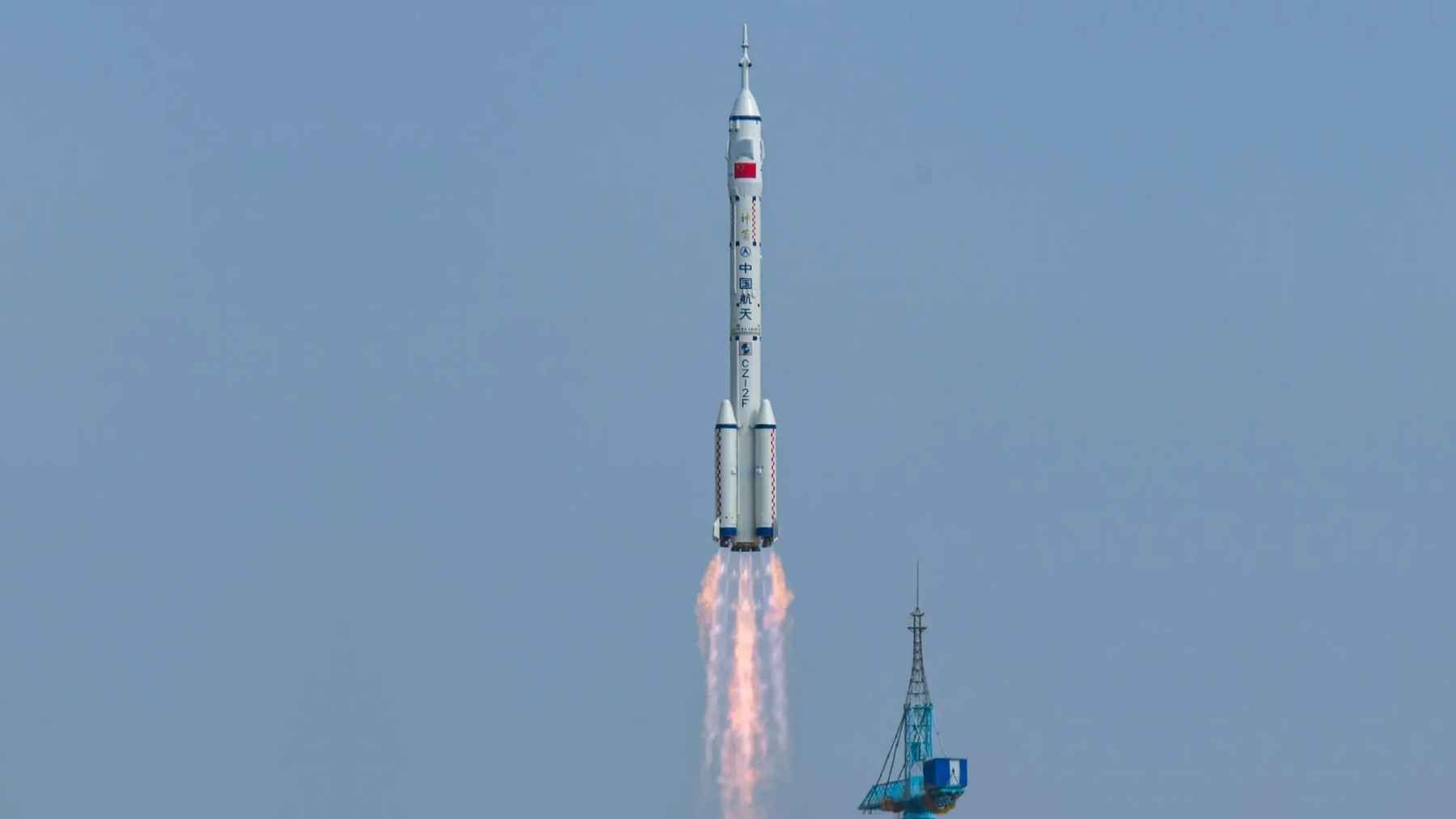Japan plans to restructure its plans towards 2050 and has set out to decarbonize the electricity sector by replacing coal with greener technologies. It is thus betting on the launch of an ammonia bomb to halt the global climate crisis and is preparing the ground for blue ammonia generation projects.
Japan prepares its own bomb to stop the climate crisis
Faced with the obvious pollution it has been producing, largely due to coal-fired plants, the Asian country is now betting on the use of new resources in its ecological transition for the generation of renewable energies.
In this context, Japan is carrying out innovative projects that incorporate the toxic gas to reduce carbon emissions. Some of these initiatives include the first shipping tugboat, the green ammonia plant in Fukushima and the one that Jera is lighting in Hekinan.
All these ventures based on the sustainable energy vector hope to mitigate Japan’s enormous amount of emissions, making it the 5th most polluting country, despite its small size.
Ammonia: the Asian country’s green solution that could do away with hydrogen
The use of this energy resource as a fuel is one of the bases in Japan to establish its economy and decarbonize it. To this end, the Japanese shipping and logistics company NYK Lines, together with IHI Power Systems, has launched the first ammonia-fueled tugboat.
Shipping contributes 3% of the world’s carbon emissions and to meet sustainable targets the International Energy Agency (IEA) suggests that by 2050 hydrogen-based fuels, including this colorless gas, should account for 30% of maritime transport.
Ammonia plays an important role in this context because, as a direct competitor to hydrogen, it offers substantial advantages in terms of transport, storage and affordability. However, it must be handled with the utmost safety because of its potential toxicity.
Japan develops green ammonia to decarbonize its industry: This country is ignoring hydrogen
The engineering company JGC is working on this challenge together with Japan’s National Institute of Advanced Industrial Science and Technology (AIST) at the Fukushima Institute of Renewable Energy to produce green ammonia through renewable electricity.
Through the construction of a chemical plant established in Fukushima City, they hope to produce green ammonia from local energy from renewable sources to be used as fuel for the shipping industry and power generation.
The use of this gas in the energy sector could reduce carbon emissions by 10% to 20%, says Kai Mototaka, group director of JGC Corporation. Jera is now working on a similar project.
Combining ammonia with coal: A good idea or a step backwards in sustainable mobility?
Jera, the leading energy company in Japan producing around 30 percent of the country’s total electricity generation, is conducting tests with this resource as fuel at the coal-fired power plant in Hekinan.
In this way, it aims to replace 20 % of coal for power generation in the first stage, and by 2035 to use 50 percent ammonia in its production. The goal for 2050 is to develop total ammonia combustion in all power plants.
Initially, it opened the tender for the large-scale import of the energy vector. However, it is now drawing up a plan to boost the supply chain of zero-emission green ammonia to supply its plants.
Considering Japan’s limited space to implement other renewable energy source structures such as wind and solar, the government and the private sector have bet on hydrogen and ammonia as the most viable resources to eliminate the carbon footprint and its transition to sustainability.
